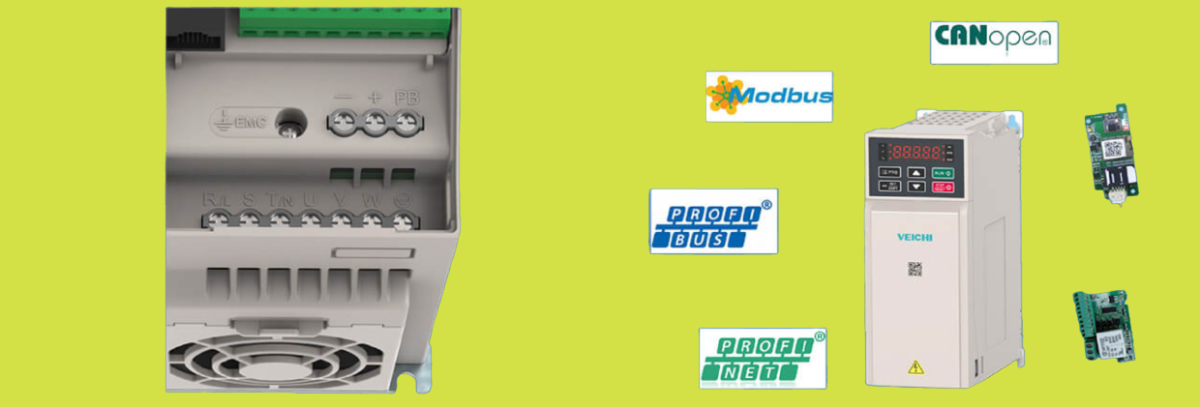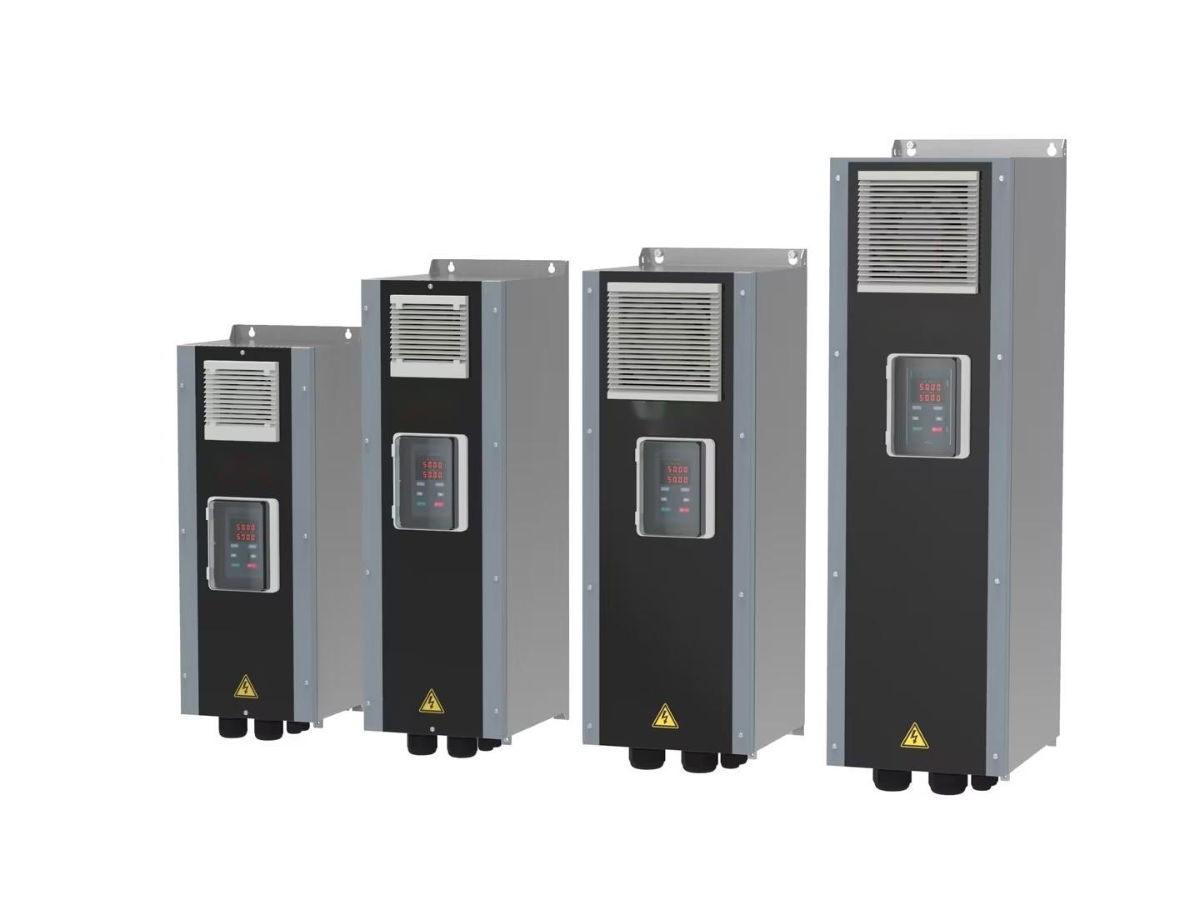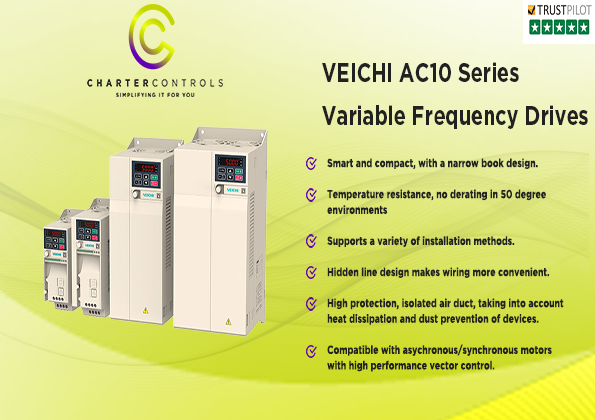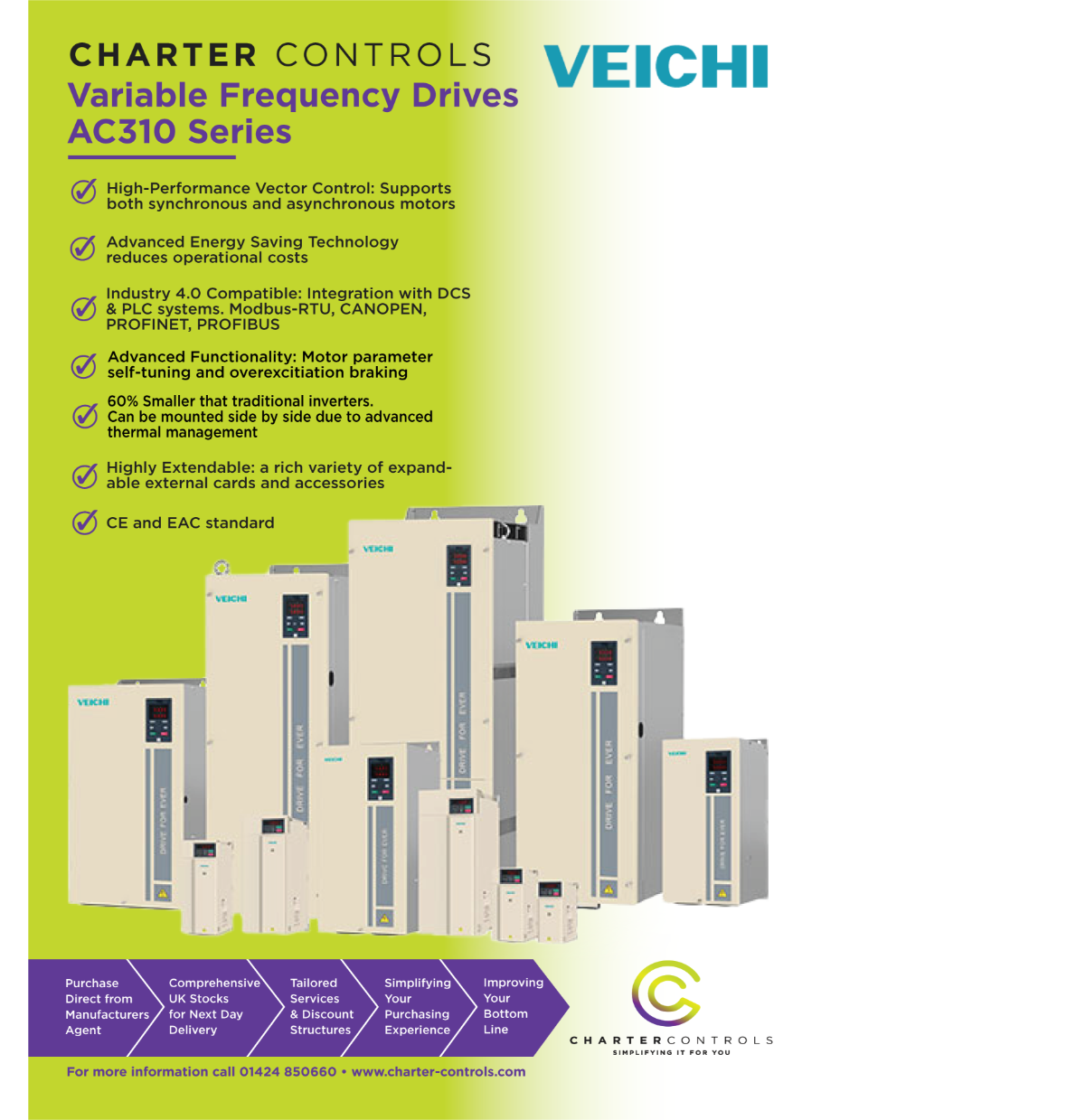From Concept to Innovation: The Journey of Variable Frequency Drives
From Concept to Innovation: The Journey of Variable Frequency Drives

By Amir Sami, MBA, BEng (Hons.), Director of Sales, Charter Controls

An inverter also known as Variable Frequency Drive (VFD) is a pivotal component in modern automation and energy systems, converting direct current (DC) into alternating current (AC). This conversion is crucial for controlling the speed and torque of electric motors, offering significant benefits in energy savings, process control, and extending equipment lifespan.
VFDs have revolutionised the way industries control motors, leading to significant improvements in energy efficiency and operational flexibility. To understand the impact of modern VFDs, it is essential to take a step back and explore the history of these remarkable devices.
The Birth of Electric Motors and the Need for Control
The story of VFDs begins in the late 19th century with the invention of the electric motor. As industries began to adopt electric motors to replace steam engines and manual labour, the need for precise control of motor speed and torque became evident. Initially, motors were either on or off, offering little control over their operation. Engineers sought methods to regulate motor speed to match the demands of different processes, leading to the early development of mechanical and electrical control systems.
Early Speed Control Methods
Prior to the introduction of VFDs, motor speed control was accomplished using a variety of methods, such as:
- Mechanical Systems: These included gears, belts, and pulley systems that could vary the speed mechanically. However, these systems were inefficient, bulky, and offered limited control.
- DC Motors: Direct Current (DC) motors were easier to control in terms of speed, but they were expensive, required regular maintenance, and had limited power ratings.
- Resistor-Based Systems: Another early method involved the use of resistors to control the amount of current reaching the motor. However, this method was highly inefficient, as excess energy was wasted as heat.
The Emergence of Variable Frequency Drives
The true breakthrough came with the development of semiconductor technology in the mid-20th century. The invention of the thyristor, a type of semiconductor switch, enabled the creation of devices that could control the frequency and voltage supplied to an AC motor. This led to the birth of the first Variable Frequency Drives (VFDs).
VFDs work by converting the fixed-frequency and fixed-voltage power supply into a variable-frequency and variable-voltage output. By adjusting the frequency of the power supplied to the motor, VFDs can precisely control the motor’s speed and torque. This advancement not only improved energy efficiency but also extended the lifespan of motors by reducing mechanical stress.
Evolution and Modern VFDs
As technology advanced, so did VFDs. The introduction of microprocessors and digital control systems in the 1980s and 1990s allowed for even more precise control and greater functionality. Modern VFDs are capable of dynamic speed adjustments, energy-saving features, and real-time monitoring, making them indispensable in a wide range of industrial applications.

Global and UK VFD Market Trends: Growth, Challenges, and the Path Forward (2013-2030)
The VFD market, both in the UK and globally, is on a positive growth trajectory, driven by technological advancements and the ongoing need for energy efficiency. While there are challenges, particularly related to costs and economic fluctuations, the long-term outlook remains strong, with continued innovation and investment expected to support sustained growth in the sector.
The UK market for Variable Frequency Drives (VFDs) and related components experienced steady growth from 2012 to 2020, with sales reaching approximately £130 million by the end of 2020. This growth was driven by continuous product development, the transition from Fixed Speed Drives (FSDs) to VFDs, and a growing demand for energy-efficient and automated solutions. Key trends during this period included the rise of IoT integration, enhanced control and monitoring capabilities, and a focus on reducing energy consumption and total ownership costs.
However, the onset of COVID-19 in 2020 had a significant impact on the UK VFD market, as it did on many industries globally. The pandemic caused disruptions in supply chains, delays in manufacturing, and a slowdown in industrial and commercial activities, leading to a temporary dip in demand for VFDs and related components. Despite these challenges, the market began to recover as the UK emerged from the pandemic, with industrial activities resuming and businesses adapting to the new normal.
The pandemic further emphasised the importance of energy efficiency, automation, and cost reduction as key drivers in the VFD market. As businesses sought to enhance control, reduce energy consumption, and lower operational costs, the demand for VFD technologies gained renewed importance. This focus supported the market's recovery and contributed to continued growth. As of 2024, the UK VFD market remains robust, reflecting the sustained emphasis on innovation, efficiency, and adaptability in response to evolving industrial needs.
Globally, the VFD market was valued at USD 25.92 billion in 2022 and is expected to grow at a compound annual growth rate (CAGR) of 5.6% from 2023 to 2030. The market's growth is being fuelled by the increasing adoption of connected devices across various sectors, the demand for energy-efficient and adjustable speed drives, and significant investment in infrastructure, particularly in HVAC systems. Rapid industrialisation in developing countries and the growing need for energy management in various sectors further support this growth.

Tracing the Development and Contribution of VFDs from Veichi: A Look at AC10 and AC310
Veichi Electric Co., Ltd., a leading manufacturer of industrial automation products, is active in more than 80 countries worldwide. The company has established a strong global presence, providing its industrial automation solutions, including VFDs, to a wide range of markets across different regions. Veichi has recently selected Unipower (UK) Ltd, T/A Charter Controls as their UK strategic import agents and stockist following a successful launch at the Drives and Controls Exhibition.
Veichi has played a significant role in advancing VFD technology and has steadily risen to prominence as one of the leading providers of industrial automation solutions, with a particular focus on VFDs. Their AC10 and AC310 series exemplify the modern capabilities of VFDs.
From its beginnings, Veichi has been dedicated to innovation, quality, and customer satisfaction, which has fuelled its growth in the competitive field of VFD technology. In its early years, Veichi concentrated on developing basic VFDs that catered to simple motor control needs. These early models were reliable and cost-effective, gaining traction in the market due to their straightforward design and ease of use. Veichi's commitment to quality and robust performance quickly earned the company a reputation for producing durable and dependable VFDs.
As Veichi gained experience and customer feedback, the company began to expand its product lineup, introducing more advanced VFDs with enhanced features. By incorporating the latest technological advancements in electronics and software, Veichi developed VFDs capable of more precise control, energy efficiency, and versatility. This period marked the introduction of VFDs with vector control technology, which allowed for more accurate motor control, especially in demanding applications.
The Veichi AC10 is designed for straightforward and economical motor control, offering easy installation and operation. Ideal for applications requiring basic speed control, it delivers reliable performance in a compact and cost-effective package. The AC10 is particularly well-suited for general-purpose use in industries such as light manufacturing, textiles, and operations involving conveyors, fans, and pumps, where space and cost-efficiency are key considerations.
On the other hand, the Veichi AC310 caters to more complex and demanding industrial environments. This advanced VFD provides enhanced functionality and flexibility, featuring sophisticated vector control for both asynchronous and synchronous motors, along with multiple control modes and robust protection mechanisms. It is designed for high-demand applications in sectors like petrochemicals, power generation, and advanced manufacturing. The AC310 also supports Industry 4.0 integration, with capabilities such as motor parameter self-tuning and overexcitation braking, which contribute to improved operational efficiency, precision, and lower overall costs.
Together, the AC10 and AC310 inverters exemplify Veichi's dedication to delivering versatile and efficient solutions tailored to the diverse needs of various industrial sectors.
